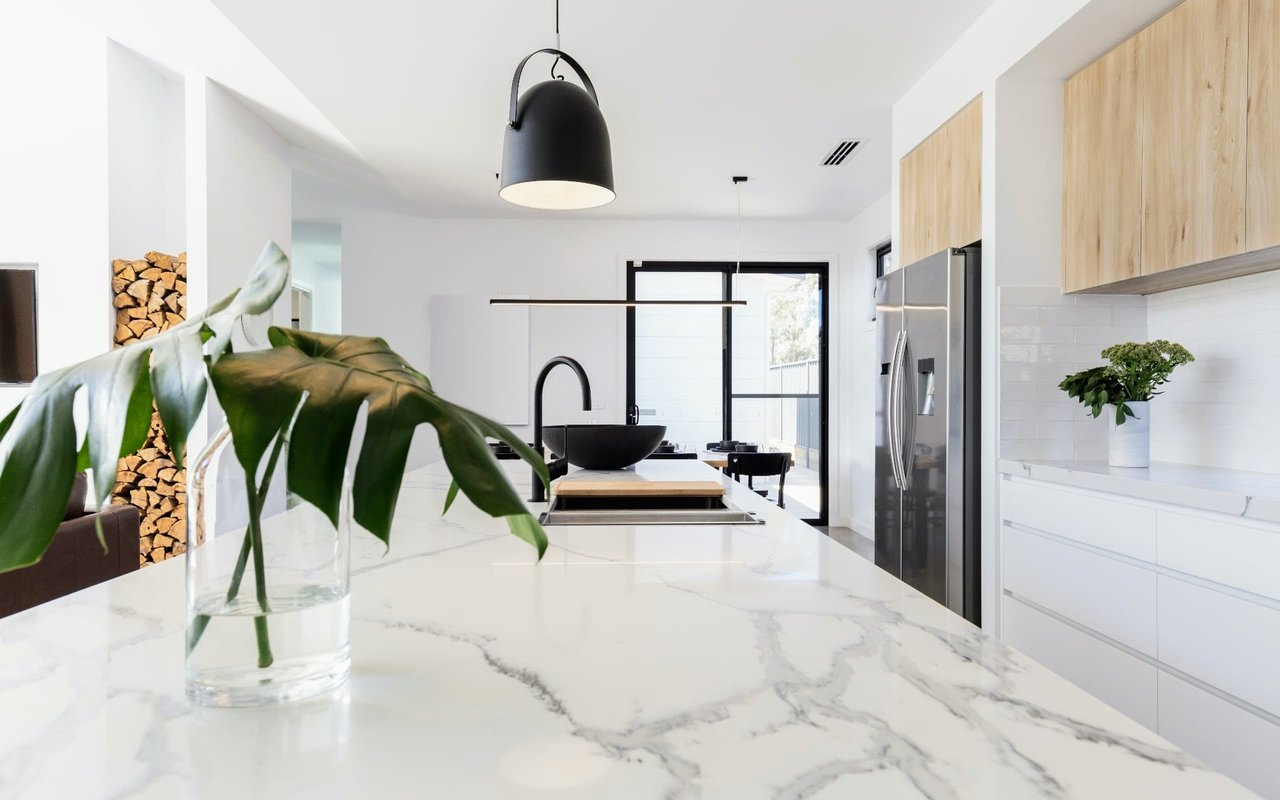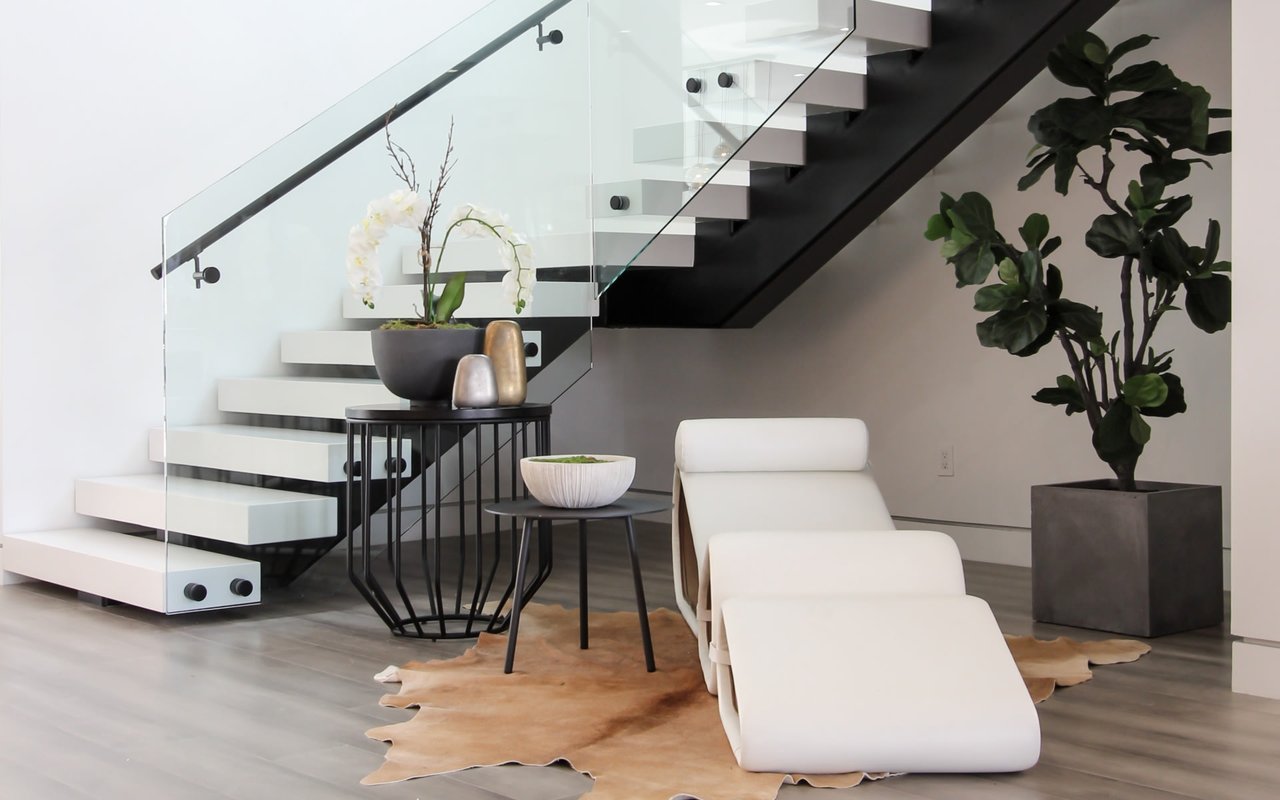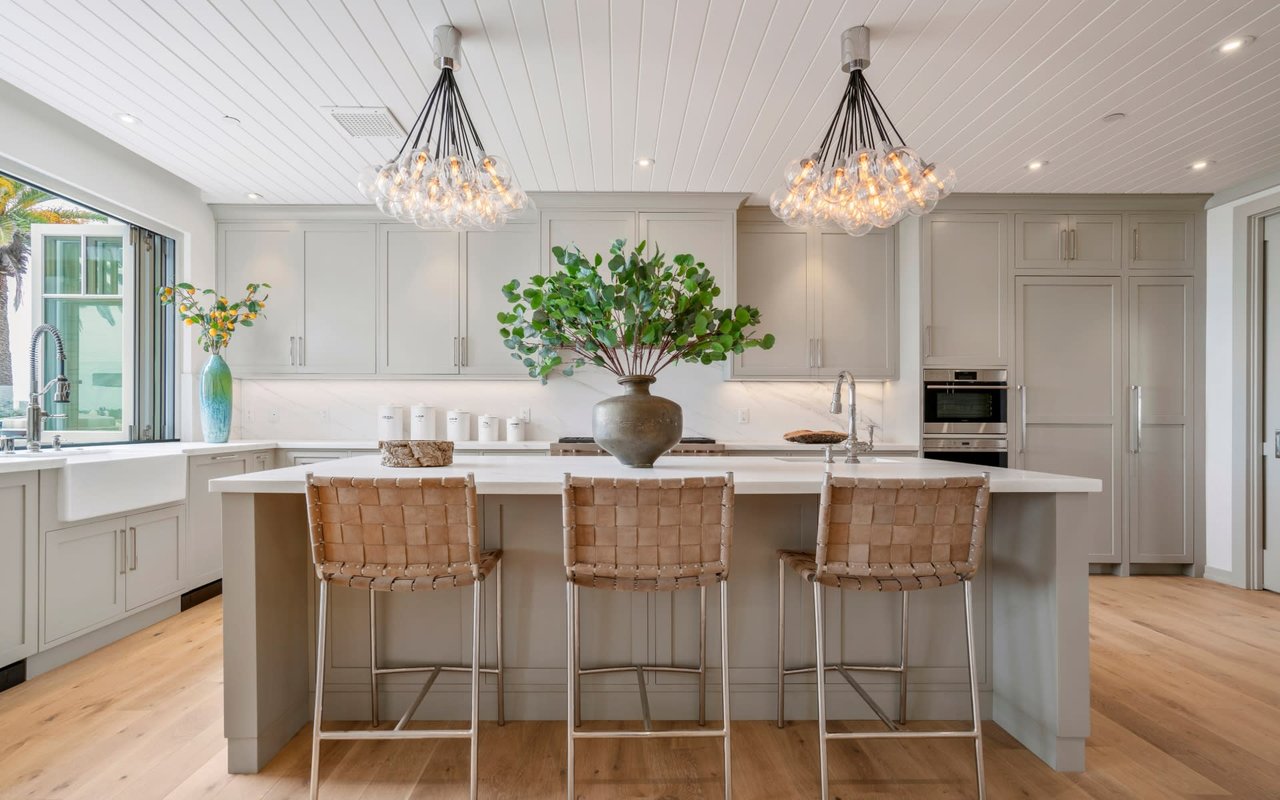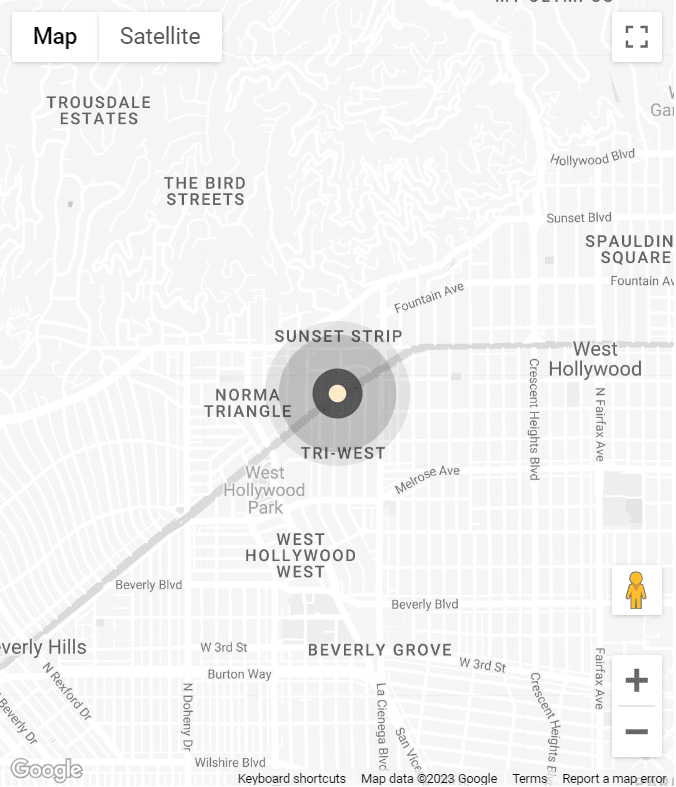If you're considering the purchase of a home, you have one big decision to make as you get started: do you buy a newly constructed home or an existing property? There are pros and cons to each, and you have to weigh them carefully during the decision-making process.
It used to be that buying a new house was almost always more expensive than an older house, but times have changed. Today, building materials for new construction are less expensive than in the past, and new construction is becoming a realistic option for more shoppers. Let's check out the pros and cons:
What Are the Upsides of Buying an Older House?
Some of the benefits of buying an existing, older home might include:
-
More high-quality or detailed construction: This isn't to say that new homes can't be well constructed, but older homes tend to be more custom-built, with an attention to detail that is harder to find in something mass-produced.
-
Bigger yards: In the past, land was relatively cheaper, as a result many older homes feature larger lots.
-
Character: You may prefer the character and charm of an older home.
-
Established neighborhoods: Neighborhoods with a lot of new homes won't have as much foliage and trees. An established neighborhood may be more established with towering trees and mature shrubbery.
-
More walkability: In an older neighborhood, you're more likely to find shops and restaurants within walking distance, and neighborhoods with older houses tend to be closer to city centers. Newer neighborhoods will sprawl further and further out from the city center by default.
Downsides of Older Homes
Buying an older home isn't all about the dreamy craftsmanship and charm. There are some very real drawbacks you have to think about.
-
Smaller spaces: Older homes may have more rooms and are less likely to have an open-concept floorplan. Many of the spaces in an older home are going to be smaller than what we see now. You're unlikely to find the sprawling kitchens and roomy bathrooms we've grown accustomed to seeing in newer builds.
-
Maintenance: Regardless of build-quality – older homes are just that, old. The construction materials and systems will need more frequent maintenance. This might just mean low-cost but tedious maintenance – like sealing cracked concrete walks and caulking drafty windows and doors. Issues like tree roots growing into a sewer line, however, can be costly.
-
Updates: You may need to update an older home in addition to the regular maintenance. Kitchen and bathroom updates are pricey, but may be necessary to make the home functional for your needs.
What About New Construction?
If you go with new construction, some of the benefits include the lack of maintenance, as well as the fact that these homes come with modern features. New construction homes are probably going to have a dishwasher, wiring for electronics and more efficient heating and cooling systems.
New construction homes should come with a builder's warranty that covers defects in construction or building materials. With a new home you can also rest easy knowing it has been built to current code. There's also the comfort in knowing the home is truly solely yours, with no mystery DIY projects waiting to be uncovered.
The downsides? Sometimes new construction lacks warmth, charm, or character. If you buy in a neighborhood with tract homes, every home is going to look essentially the same. Trees and yards in these neighborhoods aren't mature, and you might be looking at a lot of dirt during construction.
Your commute time may be longer since newer neighborhoods often aren't close to downtowns or city centers. New homes also have a tendency to settle, meaning you might notice cracks in your walls, door frames, and even your foundation.




